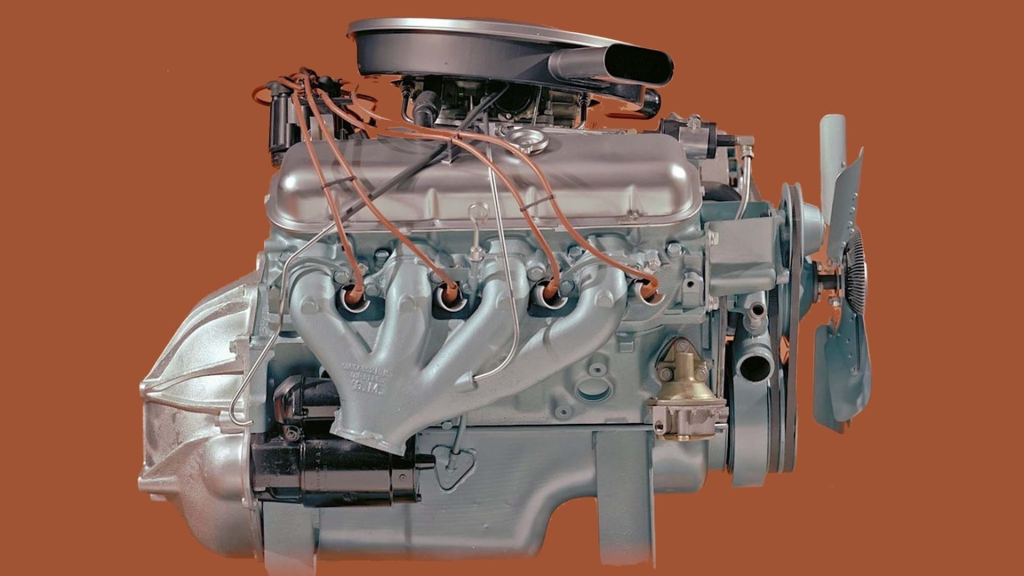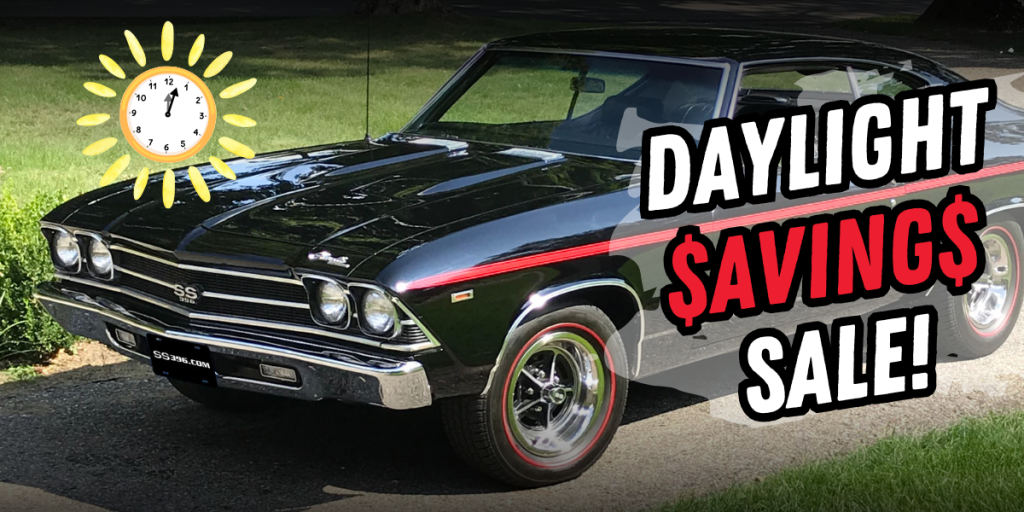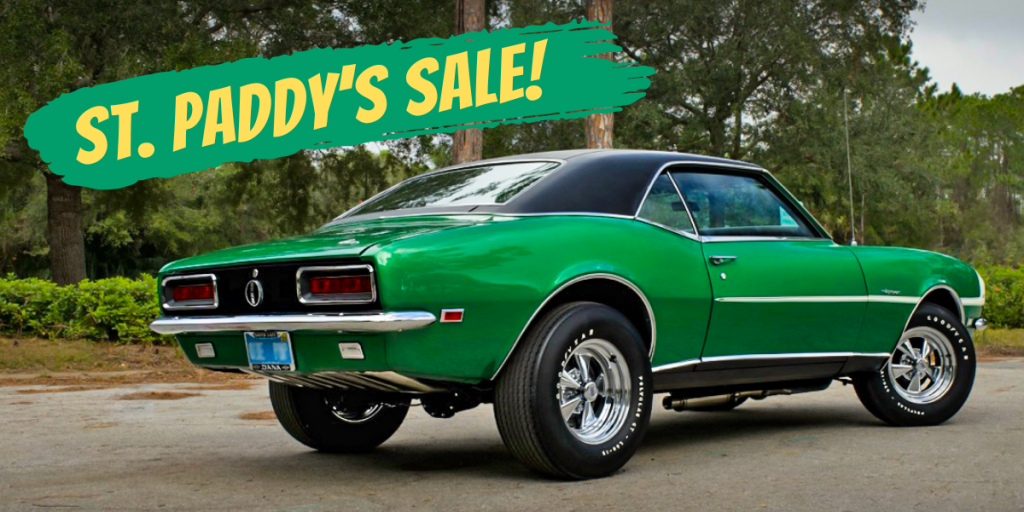SBC VS. BBC: Is One Better Than The Other?
Over the decades, two engine families—the Small-Block Chevrolet and Big-Block Chevrolet have earned legendary status. The Small-Block Chevrolet is arguably one of the most popular and successful engines of all times, having a 50+ year run. Is one better than the other? Are they really that much different?

Origins and Evolution
The Small-Block Legacy
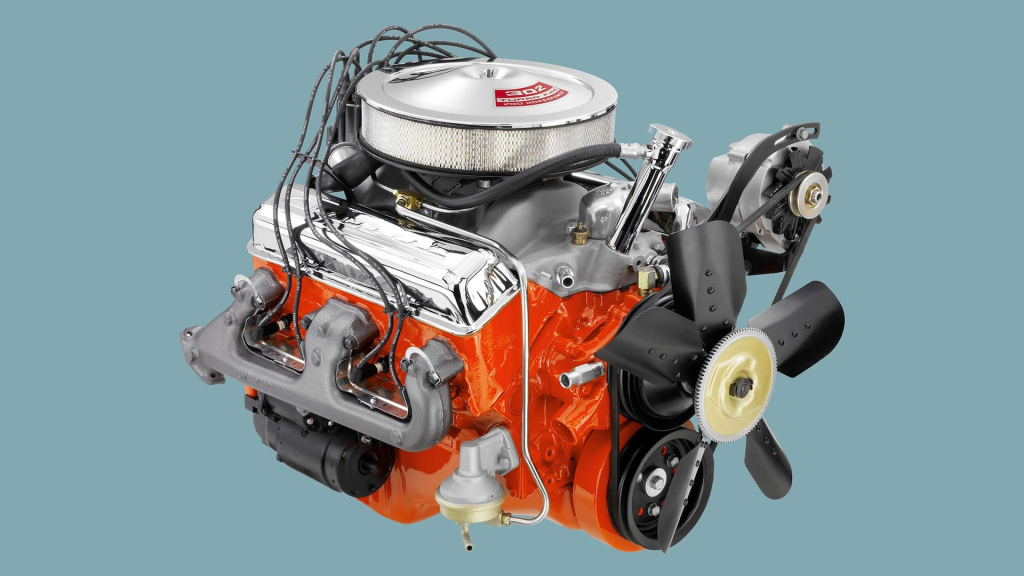
Introduced in 1955, the Chevrolet Small-Block V8 quickly revolutionized engine design. With its compact size and modular design, the small-block became a favorite among racers and hot-rod builders alike. Over its long production run the small-block has been offered in various displacements, including:
- 265 cubic inches (cu in) – The early version that helped establish its reputation.
- 283 cu in – Popular in the 1960s, balancing performance and everyday drivability.
- 327 cu in – Found in a variety of performance models during the muscle car era.
- 350 cu in – Perhaps the most famous, widely used in many classic Chevrolets and trucks, prized for its aftermarket support and tunability.
The term “Mouse” motor came from a cartoon character, Mighty Mouse. This character was popular when the SBC was released. Racers who loved the SBC started calling it the Mighty Mouse motor, which was shortened to Mouse motor.
The Big-Block Story
In response to the demand for ever-increasing power and torque, Chevrolet introduced its Big-Block V8 lineup in 1965 in the famed 1965 Chevelle Z16. Designed to offer larger displacements, the big-block engines were built for applications where raw power was the goal. Popular sizes of the classic big-block family include:
- 396 cu in – Introduced as the basis for high-performance applications, including the LS-6 and later iterations.
- 427 cu in – Famously found in the legendary ZL-1 and other performance variants, known for its racing history.
- 454 cu in – The Grand-Daddy of them all, the 454. The most popular version was the LS6, which was found in the 1970 Chevelle SS models.
“Rat” motors came from their small-block counterparts. Since they were called “Mouse” motors, the Big-Blocks were called “Rat” motors as rats are the larger counterpart to a mouse.
Technical Differences
Architecture and Design
Size & Weight:
The small-block became successful for its compact dimensions and light weight. This design translates into easier installation, better weight distribution, and a generally more nimble feel. By contrast, the big-block’s larger size and heavier components allow for greater displacement and a sturdier construction—ideal for high-torque, high-power applications.Displacement and Output:
While the small-block engines typically range from 265 to 350 cu in (with modern derivatives often revving at higher RPMs), the big-block engines start around 396 cu in and can reach up to 454 cu in. The increased displacement of the big-block not only means more air and fuel can be combusted per cycle but also generally results in higher torque figures at lower engine speeds.Rev Range:
Small-block engines tend to have a higher redline, making them popular in applications where high-revving performance is desired. The big-block, with its larger, heavier internals, usually has a lower redline, but it compensates with substantial low-end torque—ideal for drag racing or heavy-duty applications.
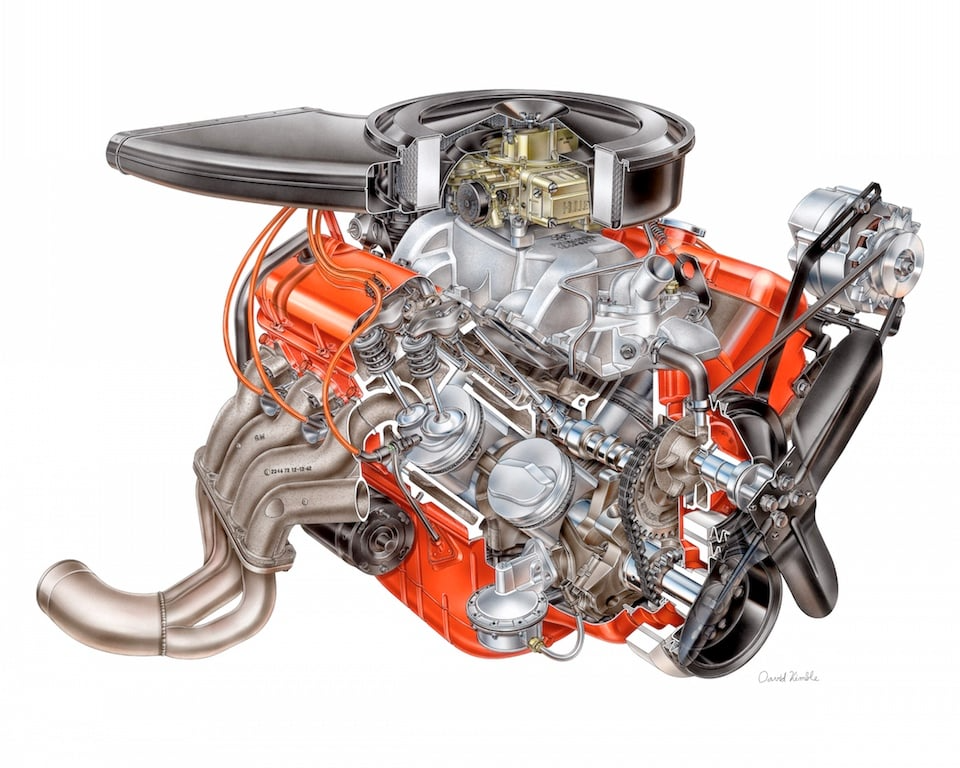
Is Bigger Always Better?
The answer is not simple and straight forward. In automotive performance, “bigger” often equates to more displacement, which can produce higher torque and horsepower. For applications such as drag racing, heavy hauling, or situations where raw power is paramount, the big-block’s large displacement is an advantage. However, bigger isn’t always better for every application:
Weight and Handling:
The extra weight of a big-block can have negative effects. A heavy engine may reduce the overall balance and handling of a car compared to the leaner small-block.Fuel Economy:
The efficiency of a small-block makes it more suitable for everyday driving where fuel economy is a consideration.Installation and Packaging:
The compact design of the small-block often translates to easier installation in a variety of vehicles. Big-blocks, while powerful, require more space and reinforcement, which can complicate installation and increase overall vehicle weight.
While bigger engines offer power advantages, the best choice depends on the intended application and the balance of performance and efficiency.

Pros and Cons of Each Engine Family
Chevrolet Small-Block (“Mouse”)
Pros:
- Compact Size & Lightweight:
Easier to install, improves vehicle handling and weight distribution. - High-Revving Nature:
Allows for a broad power band, making it popular in street and race applications. - Aftermarket Support:
Extensive parts availability and tuning options. - Efficiency:
Generally better fuel economy and refined performance for daily driving.
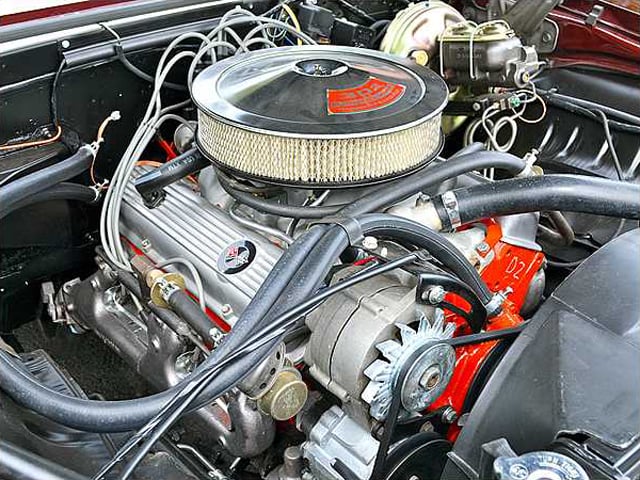
Cons:
- Displacement Limitations:
While highly tunable, there’s a practical limit to how much power can be extracted from a small-block’s displacement. - Torque Curve:
May produce less low-end torque compared to a big-block in stock form.
Chevrolet Big-Block (“Rat”)
Pros:
- Large Displacement & High Torque:
Great for applications where lots of power and torque are required. - Durability:
Built to withstand the rigors of high-performance and heavy-duty applications. - Raw Performance:
Can produce tons of torque that is favored in drag racing and muscle car builds.
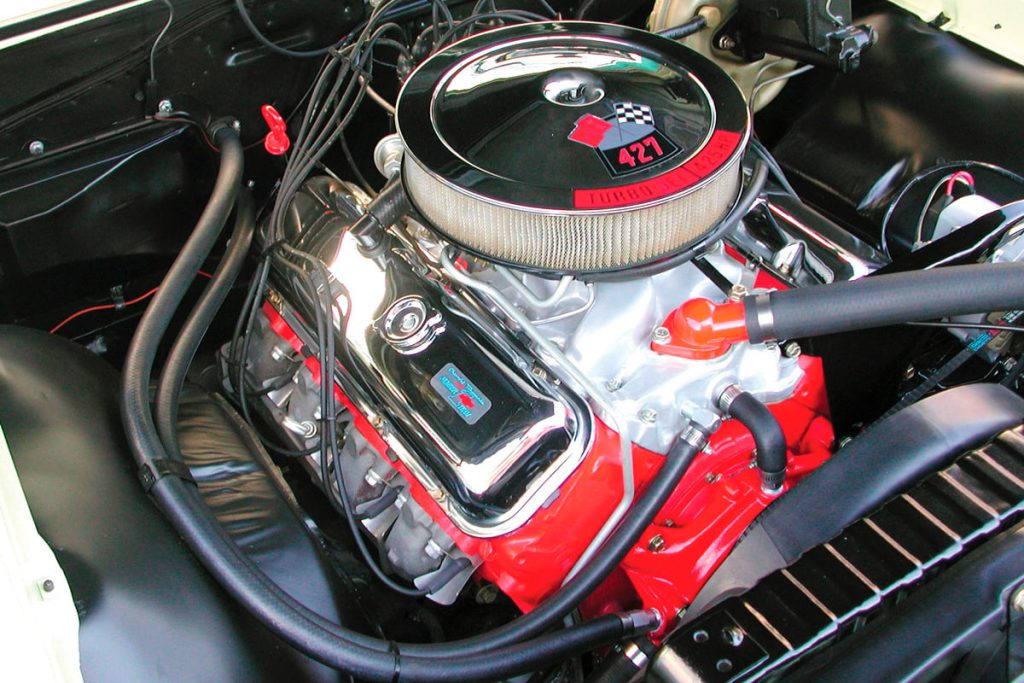
Cons:
- Size and Weight:
The heavier, bulkier design can affect handling and vehicle balance. - Fuel Consumption:
Typically less efficient, with higher fuel consumption. - Installation Challenges:
Requires more space and often additional modifications to fit into vehicles not originally designed for them.
Both the Chevrolet Small-Block and Big-Block have left their marks on automotive history. The nicknames of “Mouse” for the small-block and “Rat” for the big-block help visualize the differences between the two; one is compact, agile, and versatile, while the other is large, powerful, and built for raw power.
Enthusiasts will continue to debate which is “better,” but the truth is that each engine family has its own strengths and ideal applications. Whether you prefer the lightweight, high-revving character of the small-block or the massive torque and brute force of the big-block, both are great motors!
If you’re looking to put a Small-Block or Big-Block Chevrolet into your classic car, give our friendly techs a call at (203) 235-1200 and they can make sure you get everything you need. You can always hop on SS396.com as well!

